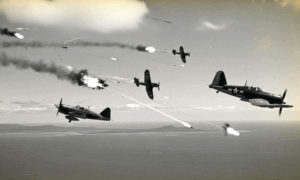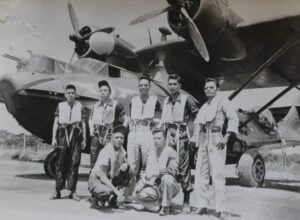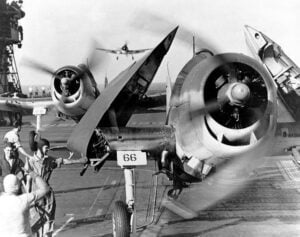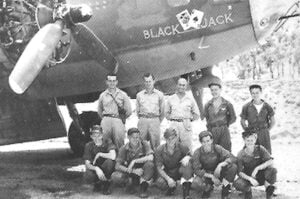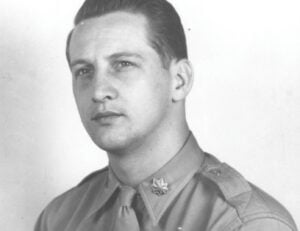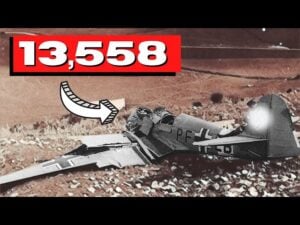Why a Promising Experimental Aircraft Might Have Won World War II Had It Functioned Properly
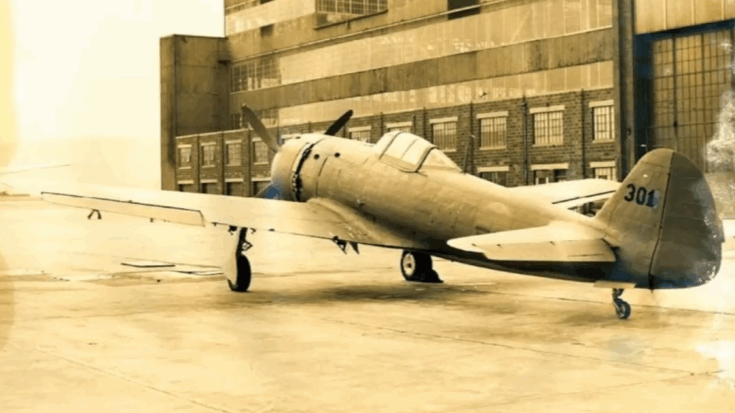
Greg's Airplanes and Automobiles / YouTube
A New Fighter in a Desperate Time
In October 1944, the airfield at Tainan, Taiwan, became the stage for Japan’s introduction of its latest weapon, the Ki-84 Hayate fighter. To the young pilots of the 11th Sentai Air Group, the aircraft represented hope at a time when Japan was steadily losing ground to advancing American forces. Painted fresh and gleaming under the morning sun, the Hayate promised speed and firepower that could change the balance of the skies.
The excitement, however, did not last long. On the first day of use, mechanical troubles appeared. Several planes suffered broken landing gear during landings, while others veered off the runway into ditches. As more missions followed, the design’s hidden weaknesses revealed themselves. The fighter that was meant to restore air superiority soon became as dangerous to its own pilots as it was to their enemies.
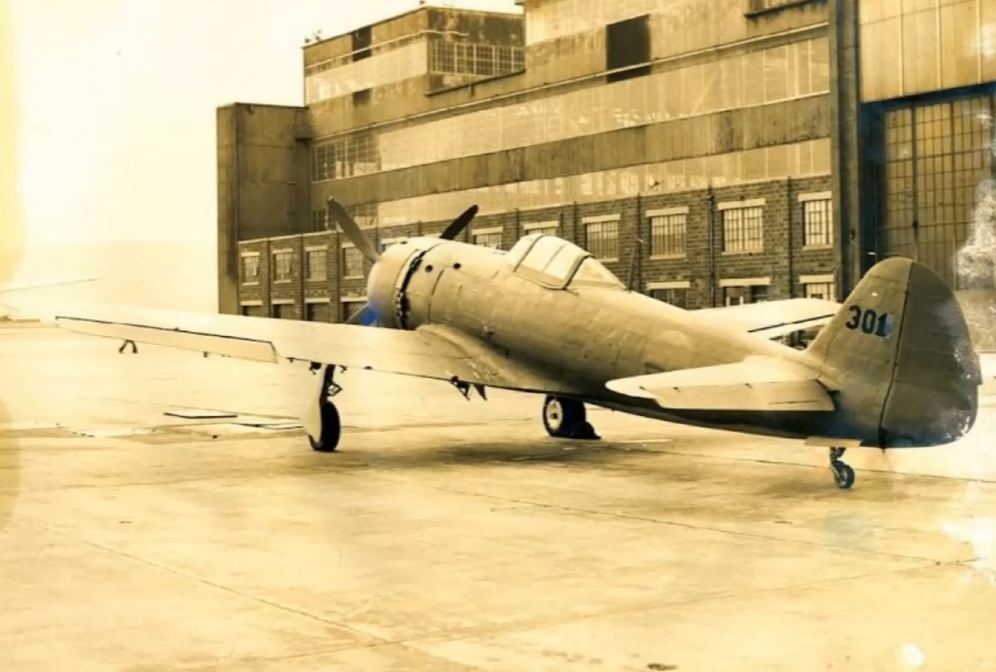
The Power and Problem of the Homare Engine
The Hayate was built around the Homare engine, an ambitious 18-cylinder radial unit that produced nearly 2,000 horsepower. On paper, it made the fighter one of the fastest of the war, capable of exceeding 500 miles per hour in dives and catching American Mustangs, Thunderbolts, or even high-flying B-29 bombers. Allied pilots were stunned to encounter a Japanese plane with such speed and agility in 1944.
But the Homare was as troublesome as it was powerful. Its compact design forced maintenance crews to work in tight spaces, often needing to disassemble major sections just to reach vital parts. With Japan’s resources stretched thin and materials in short supply, keeping these engines running became a constant struggle. Stalls, oil starvation, and erratic performance plagued the aircraft, frustrating both mechanics and pilots.
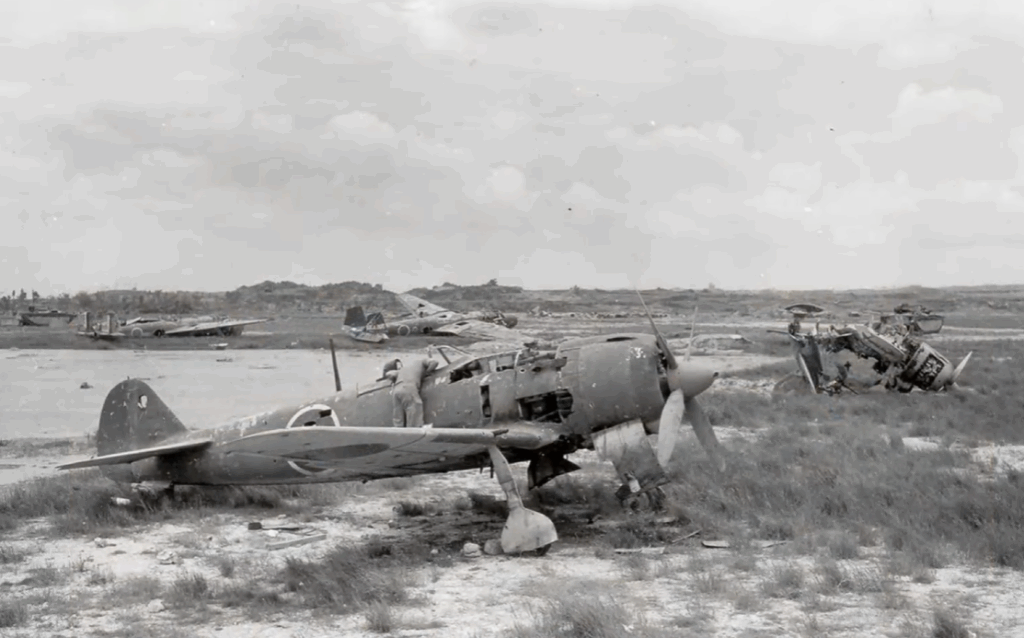
Weakness on the Ground
Even with its speed, the Hayate had another flaw that proved even more dangerous. Its landing gear, rushed through production with poor steel and weak heat treatment, frequently collapsed under the weight of the fighter during landings. Pilots braced themselves for every touchdown, never knowing if their aircraft would hold or crumple beneath them.
This issue was the result of Japan’s strained wartime industry. Allied submarines had cut supply lines, and factories were forced to use lower-quality metals and rushed production methods. Under these conditions, the Hayate left assembly lines with structural weaknesses that could not be fixed in the field. Some fighters flipped on landing, others skidded into mud, and too many were damaged before they even faced combat.
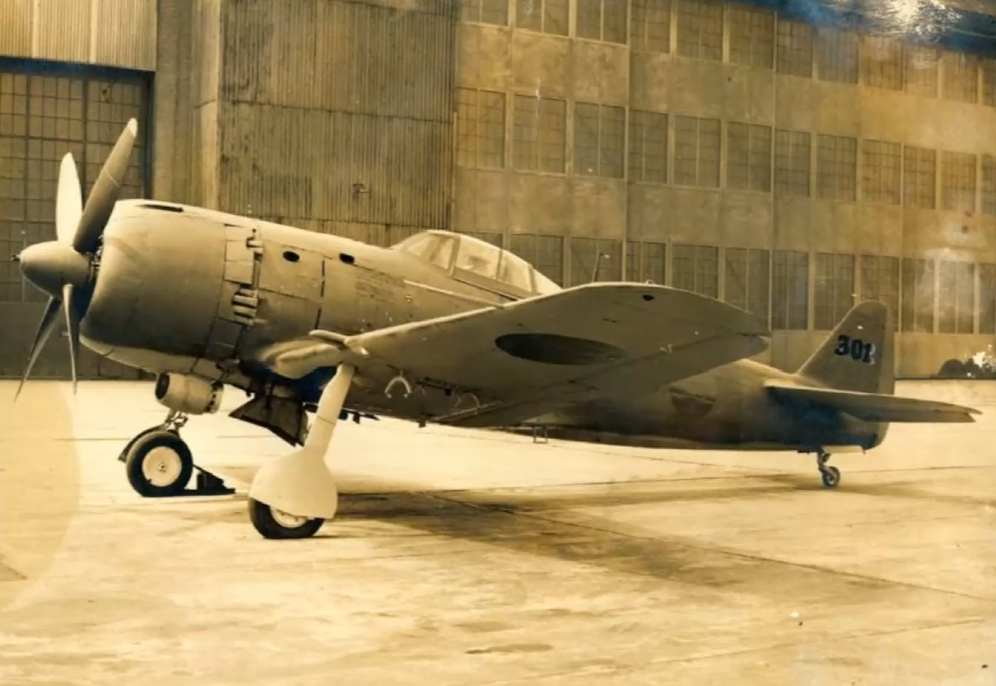
Pilots Facing the Machine
The Ki-84 was designed for experienced veterans, men who could master its speed and sensitive controls. Yet by late 1944, most of Japan’s veteran pilots were gone. Young recruits, many fresh from flight school, were given the Hayate with little experience in fast aircraft. The fighter’s quick response often overwhelmed them. A small mistake in throttle or stick movement could lead to a stall or spin.
To help, commanders paired rookies with seasoned mentors in the air, hoping to guide them through missions. But even skilled aces struggled with the Hayate’s handling. Its power was undeniable, but it demanded perfect precision. In combat, those who learned to control it could match the Allies, but too often pilots lost control before even meeting the enemy.
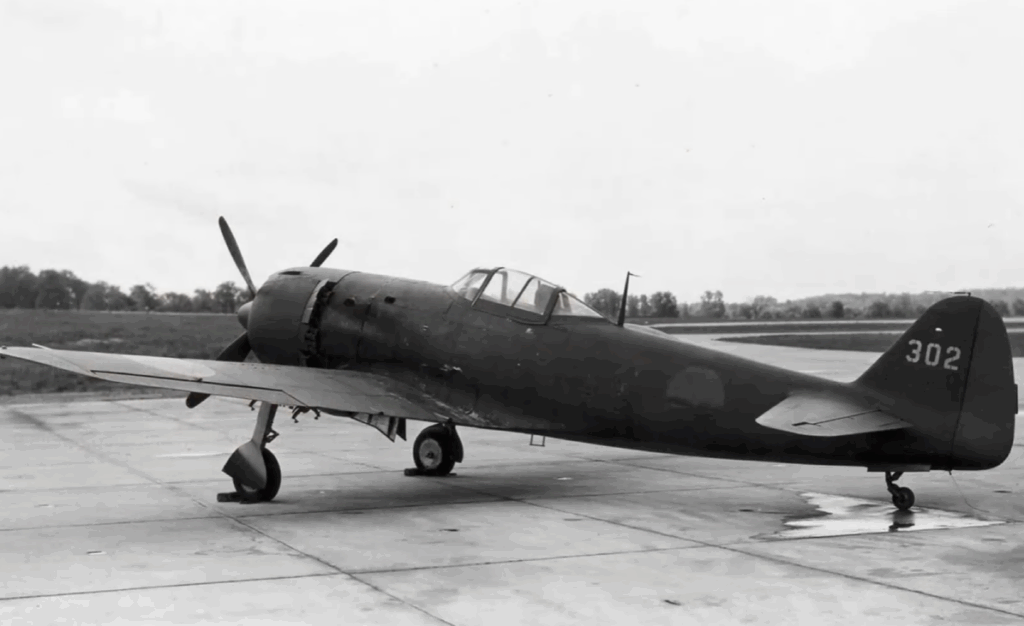
Factories and Failures
Inside Nakajima’s factories, production pressures only made the situation worse. Workers, exhausted and short on supplies, assembled Hayates with whatever parts were available. Weld seams were incomplete, rivets bent out of shape, and wiring harnesses patched together with mismatched components. Some fighters rolled out with calibration errors so severe that instruments had to be replaced before use.
Each Hayate seemed unique, not because they were customized, but because no two were built exactly the same. Maintenance crews joked that each one had its own “personality,” though the reality was far less humorous. These flaws meant that every flight carried risk beyond enemy fire.
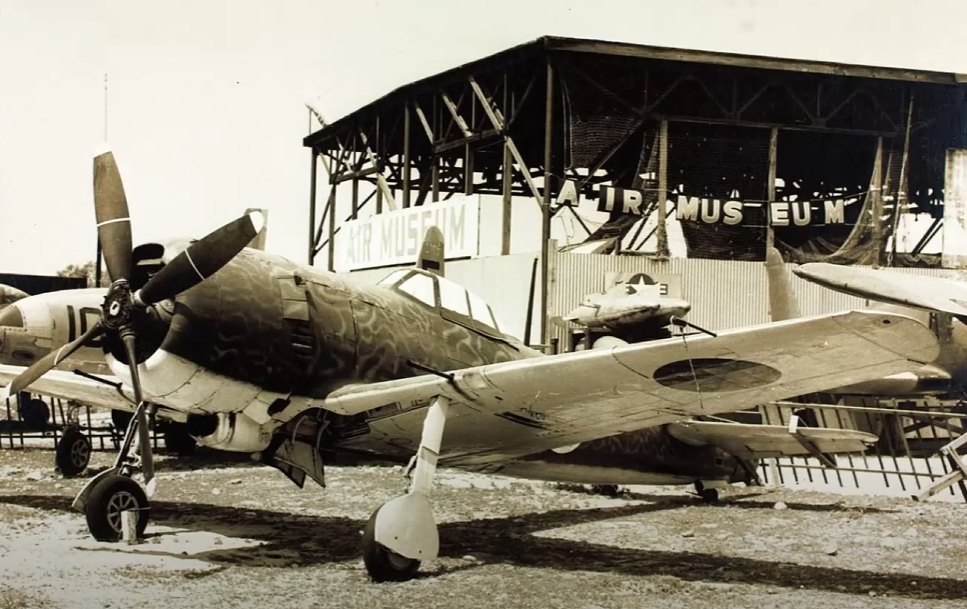
The Fate of One Survivor
One particular aircraft, Hayate number 1446, reflected this story. Sent into battle with the 11th Sentai, it endured mechanical issues before being abandoned at Clark Field in the Philippines. After Japan’s surrender, American forces shipped it home for study. Years later, it returned to Japan, becoming the only surviving Ki-84 of the war.
Today, Hayate 1446 rests in a museum in Kagoshima Prefecture. It remains not as a symbol of victory, but as a reminder of a design that carried both promise and failure. In another time, with better materials and trained pilots, the Ki-84 might have altered the skies.













